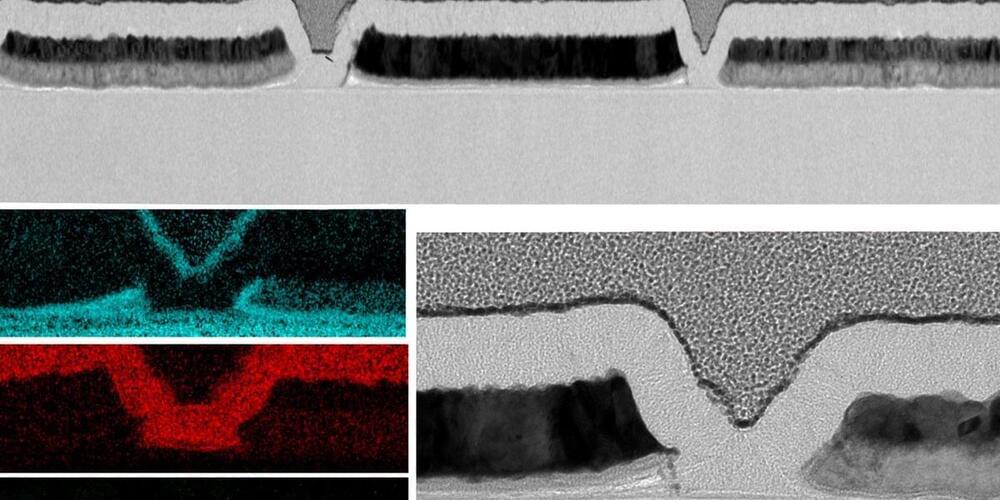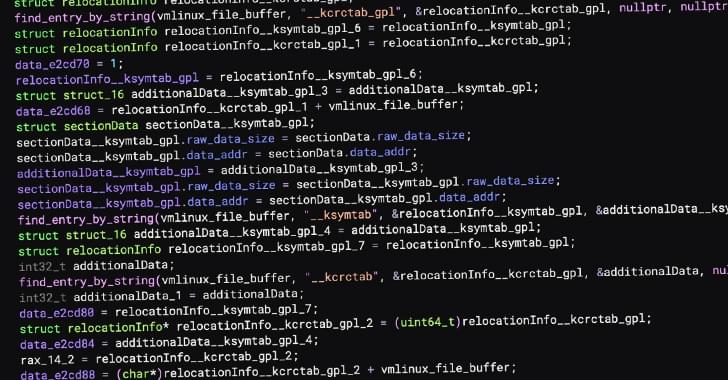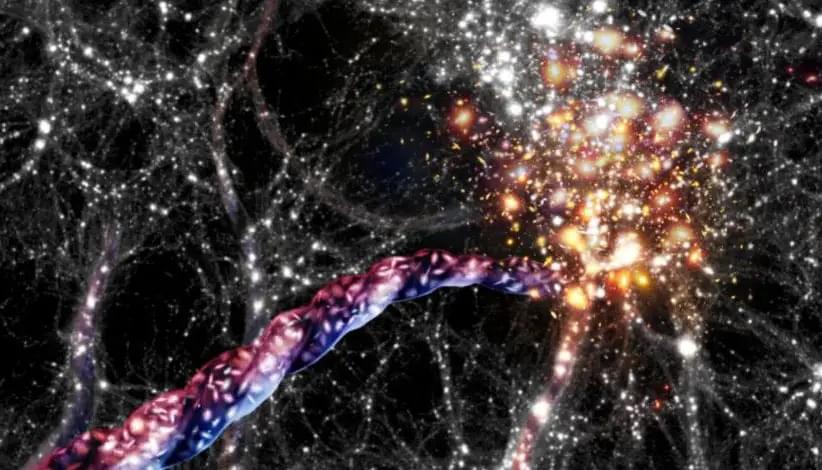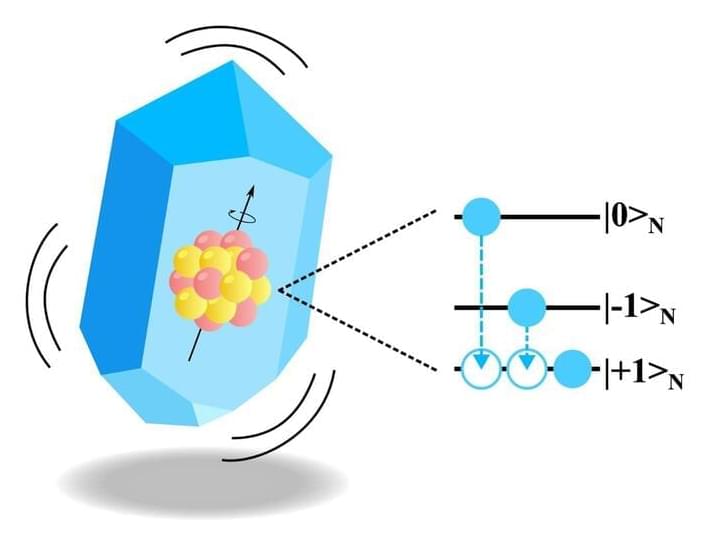Engineers share progress in the latest CNT transistor designs at IEDM.


With brains that process information almost like a computer, the sea creatures already use tools and can be social. But they need to make a few changes before they can take over the world.

Interim Intel co-CEO Michelle Johnston Holthaus announced that the first engineering samples of hardware manufactured with the company’s 18A semiconductor node have been delivered to customers. Her comments aim to reassure industry observers that Intel’s foundry business remains on track to compete with TSMC’s and Samsung’s 3nm and 2nm nodes starting next year.
At the Barclays Annual Global Technology Conference, Holthaus and co-CEO David Zinsner discussed Intel’s upcoming Panther Lake processors, which will debut the 18A process node upon their expected launch in the second half of 2025. Holthaus revealed that eight foundry customers have powered on ES0 (likely “Engineering Sample 0”) chips built on the 18A node, signaling significant progress compared to six months ago.
Intel released version 1.0 of the 18A process design kit in July, enabling customers to begin developing chips based on the node. In August, the company confirmed that internal samples of Panther Lake and Clearwater Forest processors, built on the 18A node, successfully powered on and booted Windows with satisfactory performance. The statements made at the Barclays event mark the first confirmation of 18A usage outside of Intel.
Win a meteorite💥! Join my email list: http://briankeating.com/yt.
What is time? Is it just a ticking clock, or is it something more profound?
In this thought-provoking episode of Into the Impossible, Stephen Wolfram challenges everything we know about time, offering a revolutionary computational perspective that could forever change how we understand the universe.
Stephen Wolfram is a computer scientist, physicist, and businessman. He is the founder and CEO of Wolfram Research and the creator of Mathematica, Wolfram Alpha, and Wolfram Language. Over the course of 4 decades, he has pioneered the development & application of computational thinking. He has been responsible for many discoveries, inventions & innovations in science, technology, and business.
He argues that time is the inevitable progress of computation in the universe, where simple rules can lead to complex behaviors. This concept, termed computational irreducibility, implies that time has a rigid structure and that our perception of it is limited by our computational capabilities. Wolfram also explores the relationship between time, space, and gravity, suggesting that dark matter might be a feature of the structure of space.
Tune in to discover the true nature of time.

MIT physicists propose a method to create fractionalized electrons known as non-Abelian anyons in two-dimensional materials, potentially advancing quantum computing by enabling more reliable quantum bits without using magnetic fields.
Their research highlights the potential of molybdenum ditelluride in forming these anyons, promising significant advancements in robust quantum computation.
MIT physicists predict exotic matter for quantum computing.


Scientists have discovered that cosmic filaments, the largest known structures in the universe, are rotating. These massive, twisting filaments of dark matter and galaxies stretch across hundreds of millions of light-years and play a crucial role in channeling matter to galaxy clusters. The finding challenges existing theories, as it was previously believed that rotation could not occur on such large scales. The research was confirmed through both computer simulations and real-world data, and it opens up new questions about how these giant structures acquire their spin.
After reading the article, a Reddit user named Kane gained more than 100 upvotes with this comment: “What if galaxy clusters are like neuron and glial clusters in a brain. And dark matter is basically the equivalent of a synapse. It connects galaxies and matter together and is responsible for sending quantum information back and forth like a signal chain.”

In the world of science, even a small twist may carry immense implications for materials. Researchers at City University of Hong Kong have uncovered how a subtle rotation in 2D layers can give rise to a vortex electric field. This finding, published in Science, has the potential to impact electronic, magnetic, and optical devices as well as new applications in quantum computing, spintronics, and nanotechnology. According to Professor Ly Thuc Hue of CityUHK’s Department of Chemistry, the study demonstrates how “a simple twist in bilayer 2D materials” can induce this electric field, bypassing the need for costly thin-film deposition techniques.
Akin to solving intricate technical puzzles, researchers had to ensure clean, precisely aligned layers of material—a notoriously difficult challenge in the world of 2D materials. Twisted bilayers are made by stacking two thin layers of a material at a slight angle, creating unique electronic properties.
However, traditional methods of synthesizing these bilayers often limit the range of twist angles, particularly at smaller degrees, making exploration of their full potential nearly impossible. To address this, the team at City University of Hong Kong developed an ice-assisted transfer technique that uses a thin sheet of ice to align and transfer bilayers with precision.

A new study in Physical Review Letters demonstrates the levitation of a microparticle using nuclear magnetic resonance (NMR), having potential implications from biology to quantum computing.
NMR is a spectroscopic technique commonly used to analyze various materials based on how the atomic nuclei respond to external magnetic fields. This provides information about the internal structure, dynamics, and environment of the material.
One of the main challenges with NMR is using it on small objects to control the quantum properties of levitating microparticles.
And it’s not from Neuralink.
Recently, Semafor received an extraordinary iMessage. It was from Rodney Gorham, a paralyzed ALS patient, and he had sent it directly from his brain. Gorham has a brain implant called Stentrode. Unlike previous generations of brain-computer interfaces, the Stentrode, from the neurotechnology company Synchron, can be implanted without invasive brain surgery. But… what *are* brain-computer interfaces? How do they work? And where is this novel technology going?